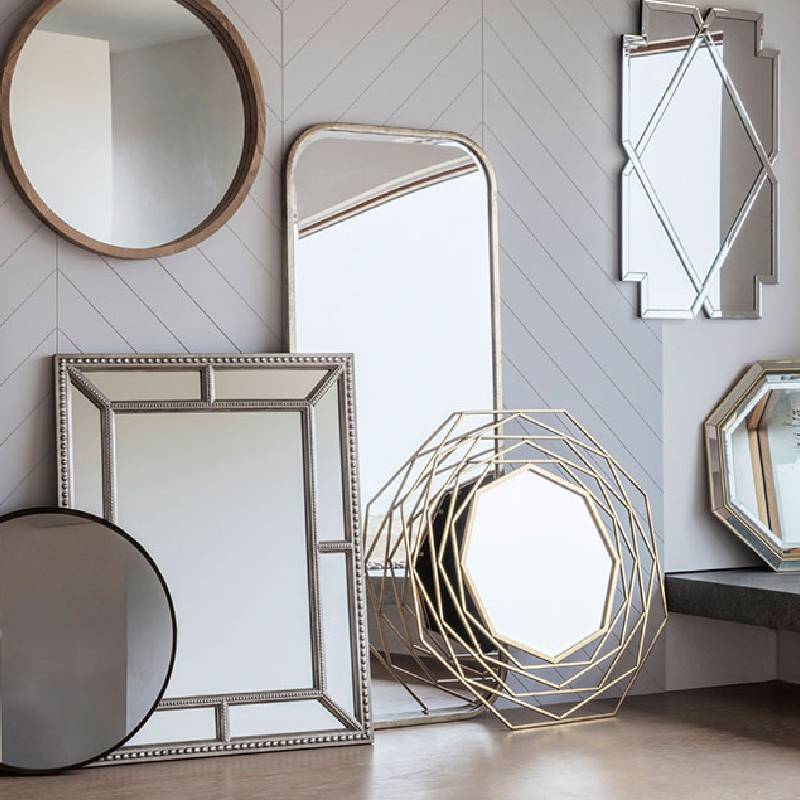

Understanding Low Emissivity Glass Benefits and Applications
In recent years, energy efficiency has become a paramount concern across various industries, particularly in construction and architecture. One innovative solution that has emerged to address this issue is low emissivity (low-e) glass. This specialized type of glass is designed to minimize the amount of infrared and ultraviolet light that pass through it, without significantly compromising the amount of visible light transmitted. As a result, low-e glass offers a host of benefits that can enhance both the functionality and aesthetics of buildings.
What is Low Emissivity Glass?
Low-e glass is treated with a microscopically thin coating that reflects heat while allowing light to enter. This coating can be made from various materials, including silver, which is highly effective at reflecting infrared radiation. By reflecting heat back into a building during winter and blocking it outside during summer, low-e glass helps maintain a more consistent indoor temperature. This not only improves comfort for occupants but also reduces the reliance on heating and cooling systems.
Benefits of Low Emissivity Glass
The primary advantage of using low-e glass is its remarkable energy efficiency. Buildings with low-e glass windows can significantly reduce their energy consumption, leading to lower utility bills. According to studies, the use of low-e glass can decrease energy costs by up to 30% or more compared to standard glass. This has a profound impact on the overall energy performance of a building, making it a popular choice for environmentally conscious architects and builders.
In addition to energy savings, low-e glass also offers enhanced UV protection. Traditional glass allows a significant amount of ultraviolet light to enter, which can cause fading of furnishings, carpets, and artwork. Low-e glass reduces this UV transmission, protecting the interior of buildings from sun damage while still allowing occupants to enjoy natural light.

Moreover, low-e glass contributes to improved indoor comfort. By regulating the temperature within a building and reducing drafts, it creates a more pleasant living and working environment. This is particularly beneficial in extreme climates where temperature fluctuations can be particularly challenging.
Applications of Low Emissivity Glass
Low-e glass is widely used in commercial and residential buildings. In commercial settings, it is often used in office buildings, hotels, and shopping centers where energy efficiency is a critical consideration. Architects and builders consistently choose low-e glass for its aesthetic appeal, as it can be seamlessly integrated into various architectural designs.
In residential construction, low-e glass is becoming increasingly popular for windows and sliding doors. Homeowners are realizing the long-term cost savings and comfort benefits that this type of glass provides. Furthermore, many modern building codes encourage or require the use of energy-efficient materials, making low-e glass an ideal choice for new constructions and renovations.
Conclusion
As energy costs continue to rise and environmental concerns grow, the demand for innovative solutions like low emissivity glass is likely to increase. This versatile material offers significant energy savings, improved comfort, and enhanced protection from UV rays, making it a smart investment for both residential and commercial buildings. By choosing low-e glass, builders and homeowners can contribute to a more sustainable future while enjoying the benefits of a well-designed and efficient living environment. Embracing low-e glass not only enhances building performance but also sets the stage for a greener, more energy-efficient world.